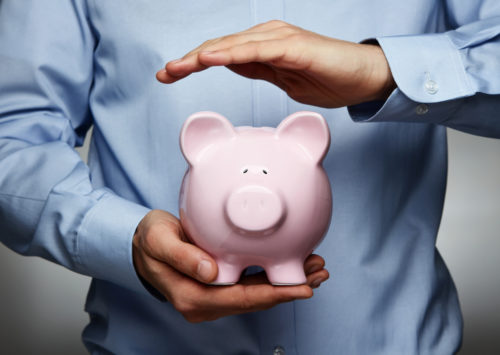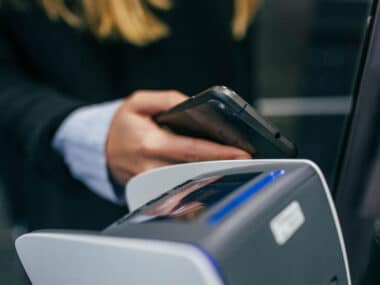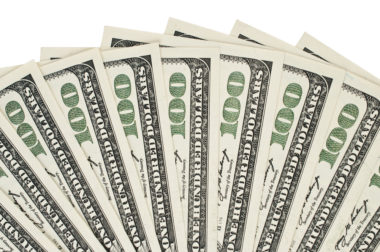Having an emergency fund is a necessity for unforeseen expenses that fall outside of a typical monthly budget. Keeping and managing an emergency savings is vital to avoid falling into more debt to pay for unexpected expenses. Starting this savings account may take some time, but it just takes a little budgeting and planning on your part. Maintaining an emergency fund should help reduce the stress associated with unexpected expenses while avoiding more debt.
Table of Contents
What Is an Emergency Fund?
An emergency fund is a stash of cash put away for true emergencies only; an account you should only use specifically for costly and unexpected expenditures. Expenses such as medical, home, and auto repairs are typically costly expenses not accounted for in a regular budget. Unemployment and a reduction in income are also considered emergencies which could incur unexpected expenses.
An emergency fund is liquid funds, meaning the cash inside is easily accessed and not associated with any penalty fees for withdrawals. Your emergency fund is not the same as an annuity, a 401K plan you have through your work or some retirement accounts. It is also not the same as your annual vacation fund or money you set aside for a down payment on your first home; or the cash within a universal or whole life insurance policy.
How Much Should I Have in an Emergency Fund?
Determining a baseline amount of money to keep in an emergency fund will take a little time and research into your monthly expenses and spending habits. Ideally, most experts agree that a person should maintain their account at three to six months’ worth of what their cost of living is. If you are supporting yourself and other family members, the basis of three to six months’ worth of savings may be too small. For a homeowner, it is reasonable to consider nine months’ to a year’s worth of expenses set aside if you can.
If you are in a relationship where your partner’s income could take care of emergency expenses, you may have the ability to reduce the funds in your emergency account. On the other end of the spectrum, if you are the sole income earner, then it may be best for your fund to be more significant.
Try not to over-invest into an emergency savings, because you could wind up tying up additional funds that you could have allocated into other investment accounts.
How to Start Building an Emergency Fund
- Start as soon as possible. It is never too early to start saving; even for smaller emergencies. Even a modest amount of money can still act as a safety buffer.
- Determine a budget. To build an emergency fund, you will need a monthly budget that outlines your expenses, including saving for the emergency fund within that budget.
- Set goals and priorities. Weigh and prioritize where you will allocate funds each month, such as your retirement fund, vacation funds, and other bills such as entertainment, which you could reduce or cancel.
- Be consistent. Make sure that each month you contribute to your account by setting up an automatic withdrawal from your checking account.
You will need to get your bank statements, savings statements, and any other receipts to verify how much money you spend each month and what you spend it on. This will include rent, mortgage, vehicle payments, insurance, utility bills, gas receipts, entertainment, food, medical expenses and other incidentals.
If you do not have any funds left for emergency fund contributions each month after you pay expenses, the next step is to look at what expenses you can eliminate. If you need to only pay the minimum payment on bills (such as credit cards) to meet your goal, that may be better than increasing your debt to pay for unexpected expenses.
If your check comes weekly or bi-monthly, it may be better for you to set up your contributions based on that time frame. No matter when your check arrives, deciding when to set money aside should be based on your unique situation.
Sample Savings Budget for an Emergency Fund
Here is an example based on a monthly contribution.
If you are single and your monthly expenses are $2,000 per month, then you would need to take that figure and multiply it by three.
$2,000 x 3 months = $6,000 Total for emergency account.
Your pay after taxes is $2,500, then take $2,500 – $2,000 = $500 leftover.
If you took the entire $500 and deposited it into your emergency fund, it would be paid up in one year.
Where to Keep an Emergency Savings Fund
There are several options when it comes to where you could keep your emergency funds, and it also may be a benefit for you to keep it in more than one place. A high yield bank account, separate from your checking account, is a great place to start; make sure you check into any limitations or fees. A different account will reduce the temptation to spend extra money when it isn’t easily accessible.
Other options are money markets and even Roth IRAs. If you own a Roth, you can use the cash account option separate from your investments. Money withdrawn is F.I.F.O. (first in, first out), meaning you can withdraw your principal or deposits without penalties. There is not a tax associated with principal withdraws because funds within a Roth are after-tax fund contributions.
Another way to store emergency funds is in the form of cash in your home. There may be a time when you have an emergency without quick access to your savings account. Not everyone keeps a card for their savings accounts. If you can avoid temptation, keeping some cash on hand may be a good idea.
Remember an emergency account is essential to your financial health. It is not an investment account. With a little planning, you can contribute to the emergency fund and still enjoy your life.
Image Source: Deposit Photos





